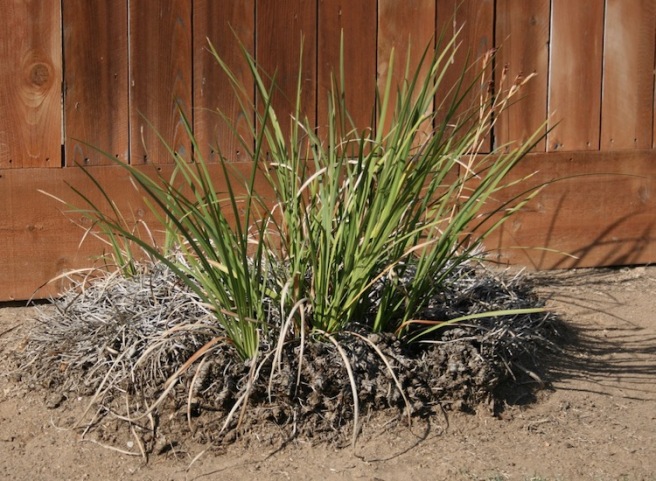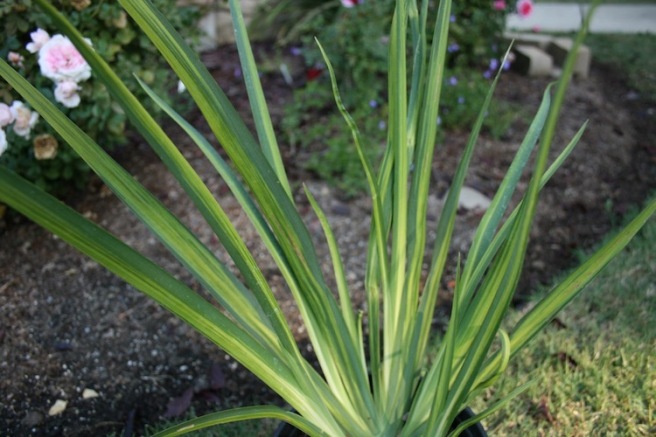
Just as I type in the title of this post on the eve of Thanksgiving, the first raindrops of a long predicted storm start to fall. Our last rainfall was mid April and our last truly appreciable rain was in late March. Here in Central California we tend to make ourselves feel better as our long awaited “rainy season” approaches by flashing the words STORM WATCH all over the TV screen and still congratulate ourselves on our good fortune when the next day’s weather wrap up tells us we got a whopping 1/4″–you take what you can get! Even a small rainfall will clear our woefully bad air quality and make life feel fresh and new. I pray that the lives of those affected by the fires in both the north and south of my state will not be made substantially worse by this much needed precipitation.
A few things this gardener is grateful for, not just on Thanksgiving but all year-round:
A world wide community of gardeners who share their gardens and garden passion, not to mention ideas, tips, plants and labor with each other through print, video and face-to-face
The Internet, not withstanding all its faults, which has broadened gardeners’ knowledge of the diversity of our natural world exponentially and given us the ability to talk to and learn from gardeners far and wide
Those whose efforts allow the rest of us to enjoy beautiful public spaces and visit legendary historic homes and gardens
My stalwart road tripping friends who understand when I fall behind to examine a plant, admire a pleasing vignette or get just one more photo
My indulgent husband who, as the years have passed, is called upon to do more of the grunt work necessary to lay the foundation for whatever my current project happens to be
My ever confident sons who believe in my garden knowledge and skills to the extent that I can identify a plant from a fuzzy photo snapped in a friend’s yard with only one half dead leaf. I can just hear them saying, “Oh, my mom will know what that is and how to make it grow–she’s a gardener.” Note: these same two boys, now very close to being middle-aged, brought their friends home after school on Halloween confidant I could sew them a costume by nightfall
To our Creator whose beautiful earth is the canvas to our paint and whose gifts of our soils, climates and diverse plant life have challenged us to make our surroundings bountiful, beautiful and healthy–all to His glory
“THANKSGIVING, AFTER ALL, IS A WORD OF ACTION.”–W. J. Cameron







